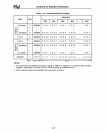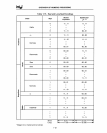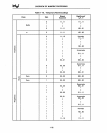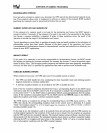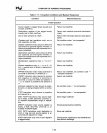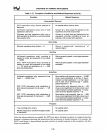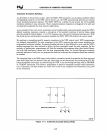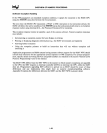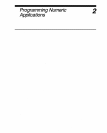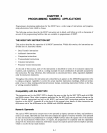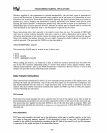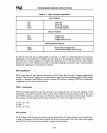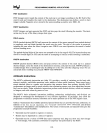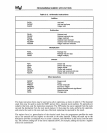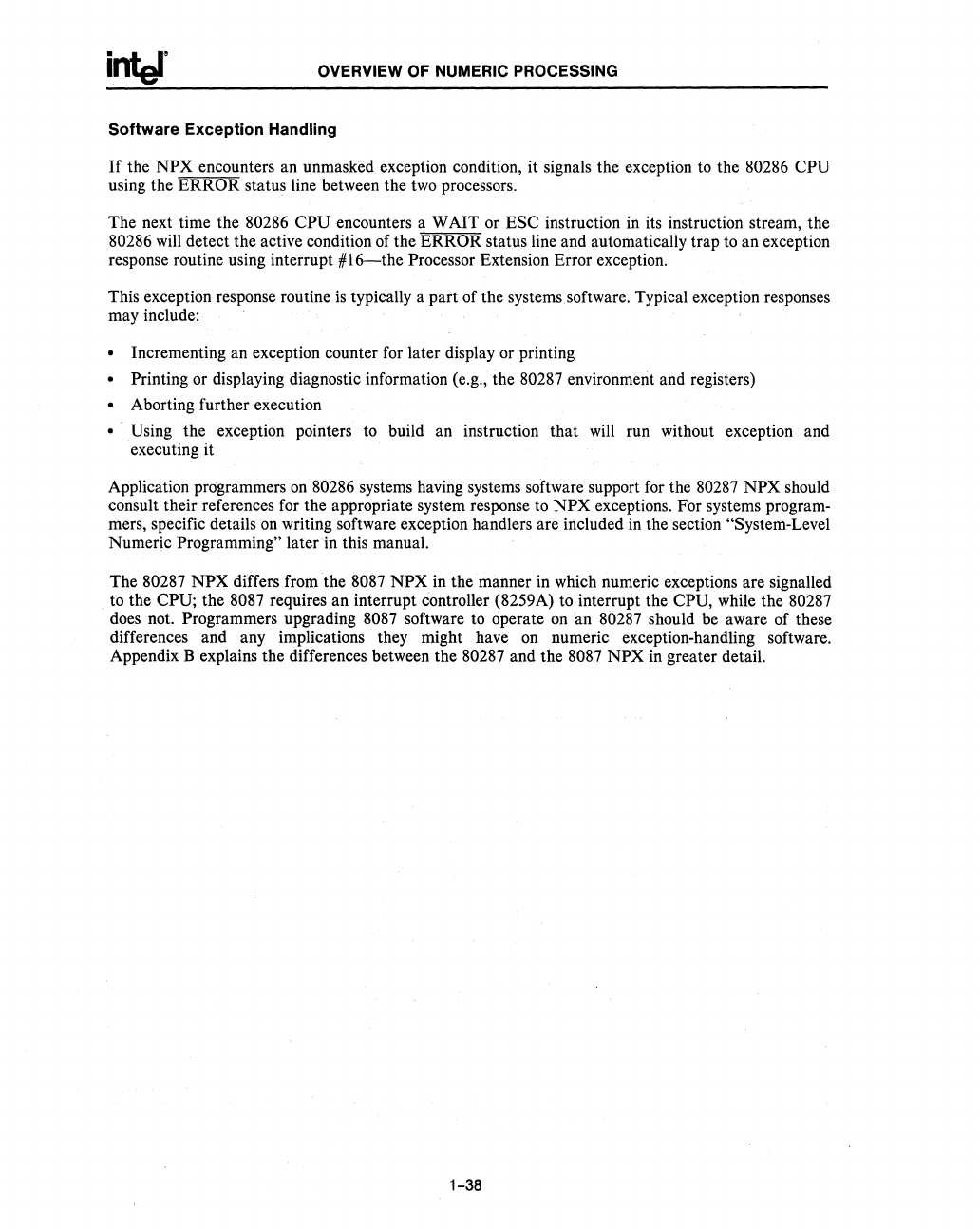
OVERVIEW OF NUMERIC PROCESSING
Software Exception Handling
If
the
NPX
encounters an unmasked exception condition, it signals the exception
to
the 80286 CPU
using the
ERROR
status line between the
two
processors.
The next time the
80286 CPU encounters
aWAIT
or ESC instruction
in
its instruction stream, the
80286
will
detect the active condition of the ERROR status line and automatically trap
to
an exception
response routine using interrupt
#16-the
Processor Extension Error exception.
This exception response routine
is
typically a part of the systems software. Typical exception responses
may include:
• Incrementing an exception counter for later display or printing
• Printing or displaying diagnostic information (e.g., the 80287 environment and registers)
• Aborting further execution
Using the exception pointers
to
build an instruction that
will
run without exception and
executing it
Application programmers
on
80286 systems having systems software support
for
the
80287
NPX should
consult their references
for
the appropriate system response
to
NPX exceptions. For systems program-
mers, specific details
on
writing software exception handlers are included
in
the section "System-Level
Numeric Programming" later in this manual.
The
80287
NPX
differs from the 8087
NPX
in
the manner
in
which numeric exceptions are signalled
to the
CPU; the 8087 requires an interrupt controller (8259A)
to
interrupt the CPU, while the 80287
does not. Programmers upgrading 8087 software
to
operate
on
an 80287 should
be
aware of these
differences and any implications they might have
on
numeric exception-handling software.
Appendix B explains the differences between the
80287 and the 8087 NPX
in
greater detail.
1-38



